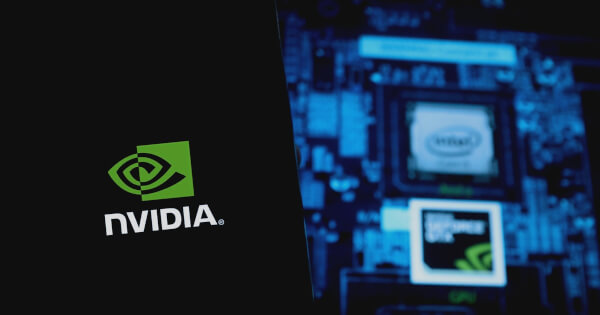Enhancing AI Scalability and Fault Tolerance with NCCL
Zach Anderson Nov 10, 2025 23:47
Explore how NVIDIA's NCCL enhances AI scalability and fault tolerance by enabling dynamic communication among GPUs, optimizing resource allocation, and ensuring resilience against faults.

The NVIDIA Collective Communications Library (NCCL) is revolutionizing the way artificial intelligence (AI) workloads are managed, facilitating seamless scalability and improved fault tolerance across GPU clusters. According to NVIDIA, NCCL provides APIs for low-latency, high-bandwidth collectives, enabling AI models to efficiently scale from a few GPUs on a single host to thousands in a data center.
Enabling Scalable AI with NCCL
Initially introduced in 2015, NCCL was designed to accelerate AI training by harnessing multiple GPUs simultaneously. As AI models have grown in complexity, the need for scalable solutions has become more pressing. NCCL's communication backbone supports various parallelism strategies, synchronizing computation across multiple workers.
Dynamic resource allocation at runtime allows inference engines to adjust to user traffic, optimizing operational costs by scaling resources up or down as needed. This adaptability is crucial for both planned scaling events and fault tolerance, ensuring minimal service downtime.
Dynamic Application Scaling with NCCL Communicators
Inspired by MPI communicators, NCCL communicators introduce new concepts for dynamic application scaling. They allow applications to create communicators from scratch during execution, optimizing rank assignment, and enabling non-blocking initialization. This flexibility allows NCCL applications to perform scale-up operations efficiently, adapting to increased computational demands.
For scaling down, NCCL offers optimizations like ncclCommShrink, which reuses rank information to minimize initialization time, enhancing performance in large-scale setups.
Fault-Tolerant NCCL Applications
Fault detection and mitigation in NCCL applications are integral to maintaining service reliability. Beyond traditional checkpointing, NCCL communicators can be resized dynamically post-fault, ensuring recovery without restarting the entire workload. This capability is crucial in environments using platforms like Kubernetes, which support re-launching replacement workers.
NCCL 2.27 introduced ncclCommShrink, simplifying the recovery process by excluding faulted ranks and creating new communicators without the need for full initialization. This feature enhances resilience in large-scale training environments.
Building Resilient AI Infrastructure
NCCL's support for dynamic communicators empowers developers to build robust AI infrastructures that adapt to workload changes and optimize resource usage. By leveraging features like ncclCommAbort and ncclCommShrink, developers can handle hardware and software faults efficiently, avoiding full system restarts.
As AI models continue to grow, NCCL's capabilities will be crucial for developers aiming to create scalable and fault-tolerant systems. For those interested in exploring these features, the latest NCCL release is available for download, with pre-built containers such as the PyTorch NGC Container providing ready-to-use solutions.
Image source: Shutterstock.jpg)